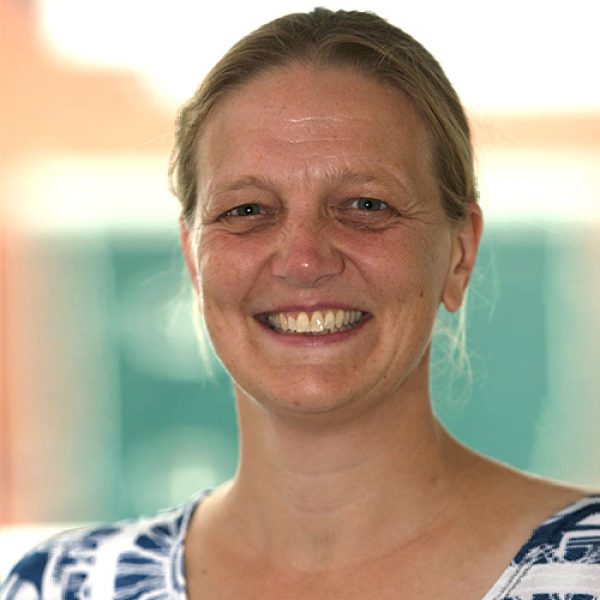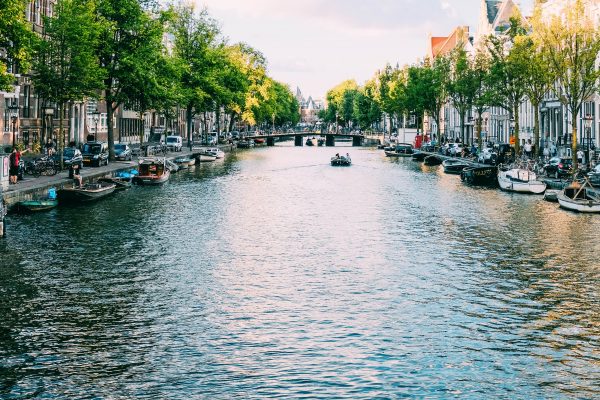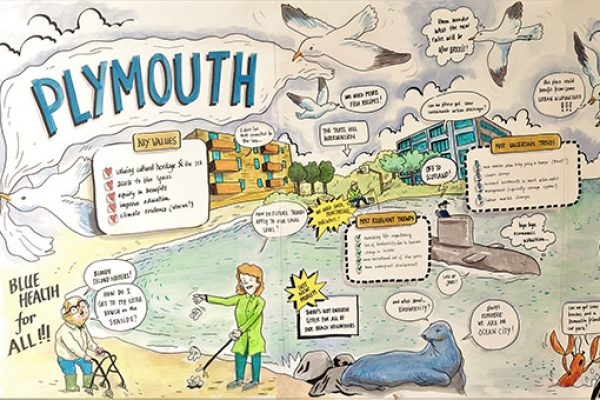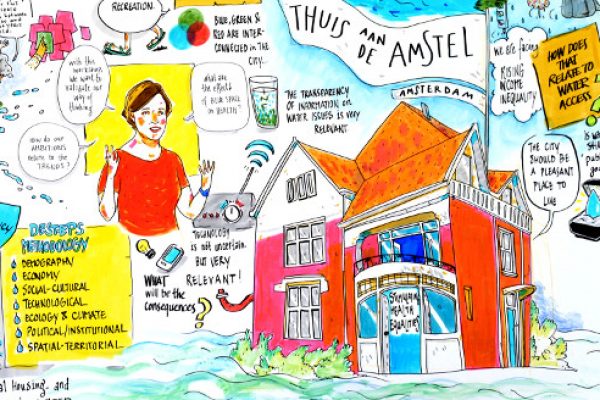Where will you be in 2040 and how might blue spaces support your mental and physical health at that time? What would this mean for future urban planning? How could this be combined with other trends like climate change, urbanisation and rising income inequalities? BlueHealth researchers addressed these questions using an interdisciplinary and interactive approach together with local experts and stakeholders for five European cities.
Although cities can be characterised as sources of economic, environmental and social challenges, they can also be part of the solution for healthy and sustainable societies. While most cities are situated close to water, whether inland waterways, lakes, or the sea, these blue spaces are not integrated into urban planning to their full potential and their public health impacts are not always recognised by planning authorities. Furthermore, cities face future challenges regarding climate change, socio-economic developments like tourism, urbanisation, and rising social inequalities.
The development of healthy blue spaces can support cities in their pursuit of ways to confront these challenges. Interdisciplinary and transdisciplinary analyses of the local impacts of these trends and promising interventions have been scarce to date. This study explores the use of such methodology by presenting experiences related to five European cities: Amsterdam, Barcelona, Plymouth, Tallinn and Thessaloniki, using an interactive and participative approach with local experts and stakeholders.
Future scenarios have been developed based on the question: How can blue spaces contribute to a healthier city population, given the long term trends? The results highlight the importance of addressing the local context when seeking sustainable solutions for cities. The future outlooks deliver information that could serve as useful input for local planning processes.



















